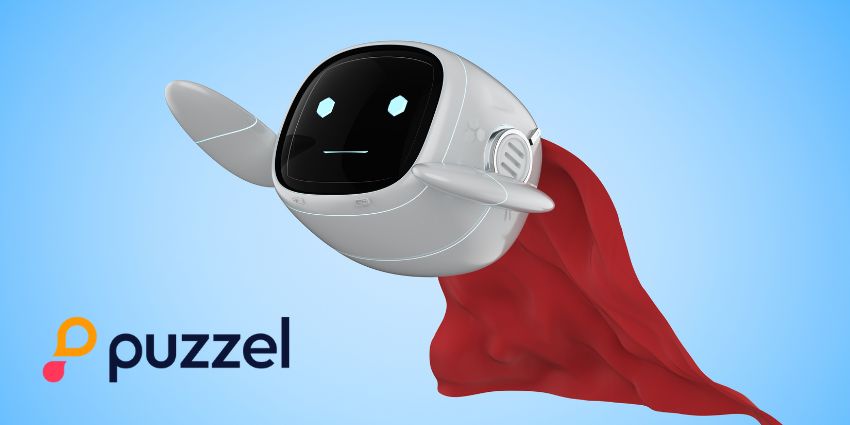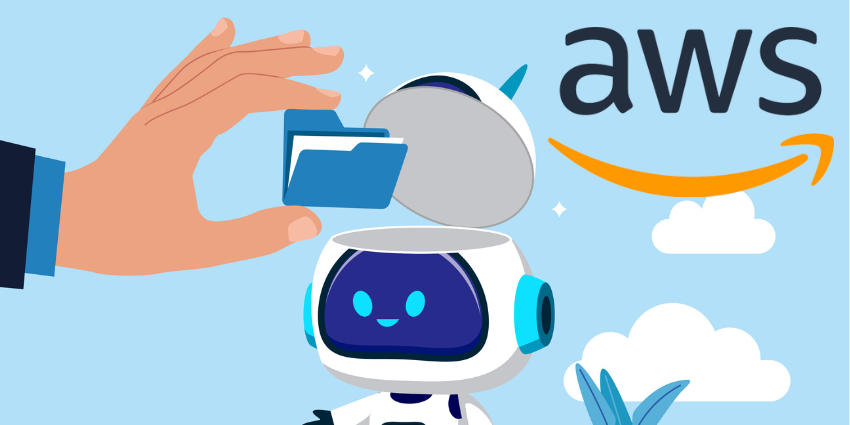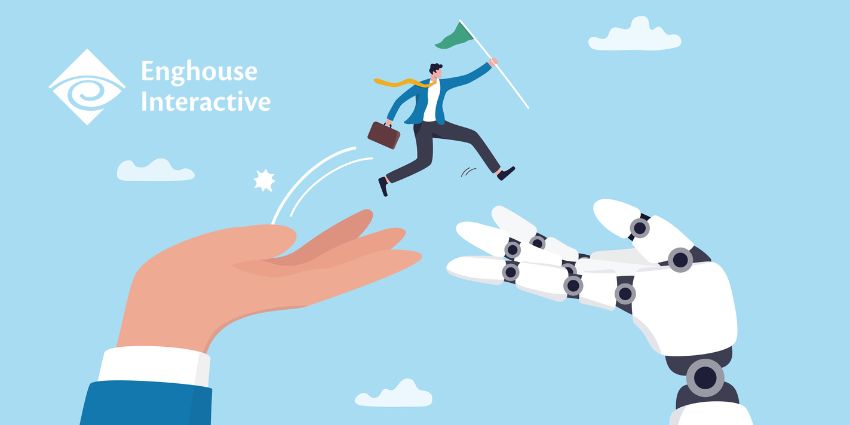A new Gartner survey has found that almost half of the time, new customer service technology deployments don’t deliver the desired results.
Unsurprisingly, the customer service leaders who have learned to become “effective” at product and provider evaluations realized a 50 percent hike in their chances of accomplishing their implementation objectives.
Yet, much more interestingly, Gartner found that leaders who are “effective” in running organizational readiness initiatives saw a 300 percent spike in their likelihood of achieving success.
That massive jump underlines the oversized impact that establishing a thorough change management strategy can have on ensuring success with new customer service technologies.
As Eric Keller, Senior Director of Research, in the Gartner Customer Service & Support Practice, summarized: “Rather than asking if the technology is ready for their business, customer service leaders must ask if they are ready for this technology.
The shortfall in achieving their goals is attributed to missed opportunities in evaluating organizational readiness, developing the necessary talent to manage or utilize the technology, and aligning stakeholders with the set goals.
How Can Contact Centers Improve Their Organizational Readiness?
A successful change management strategy often hinges on engaging agents from the get-go, expressing the benefits of the planned implementations, and addressing the concerns.
Yet, as Gartner notes, there are several more fundamentals to achieving organizational readiness when implementing customer service tech.
For starters, project leaders must go beyond the agent population and align other key stakeholders with the same investment goals, agreeing on the most critical objectives, and developing a plan of action around those that everyone agrees with.
They must also closely consider access to data streams, technical skills, and infrastructure to ensure service journeys flow as planned. While that may sound basic, it’s easy to become enamored by shiny features and overlook these basics.
Additionally, a clear people strategy is critical, understanding who owns the product, who will manage it, and who will stay on top of the roadmap. Indeed, many contact center platforms have a rapid release cadence, and staying on top of those changes is tricky.
Gartner Also Predicts That Half of Businesses Will Abandon Plans to Reduce Their Service Teams Due to AI
Gartner has had a busy summer, and in a separate study released last month, the research firm forecasted that 50 percent of businesses will desert their plans to cut their customer service headcount, brought upon by AI hype.
Integration challenges are cited as a key challenge here. Yet, so too is a lack of organizational readiness to adopt emerging technologies.
“The human touch remains irreplaceable in many interactions, and organizations must balance technology with human empathy and understanding,” added Kathy Ross, Senior Director Analyst in the Gartner Customer Service & Support Practice.
A hybrid approach, where AI and human agents work in tandem, is the most effective strategy for delivering exceptional customer experiences.
Another recent Gartner study showed the disconnect between human agents and AI that contact centers must look to close.
Indeed, that study found that three in five contact center agents don’t recommend self-service, with 12 percent of agents expressing “explicitly negative remarks”.
Eager to keep tabs on the latest insights from the customer experience space? If so, subscribe to the CX Today Newsletter.







